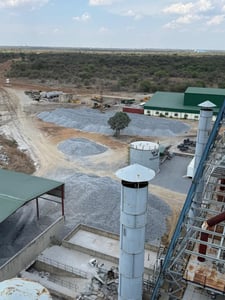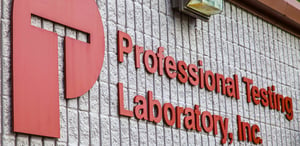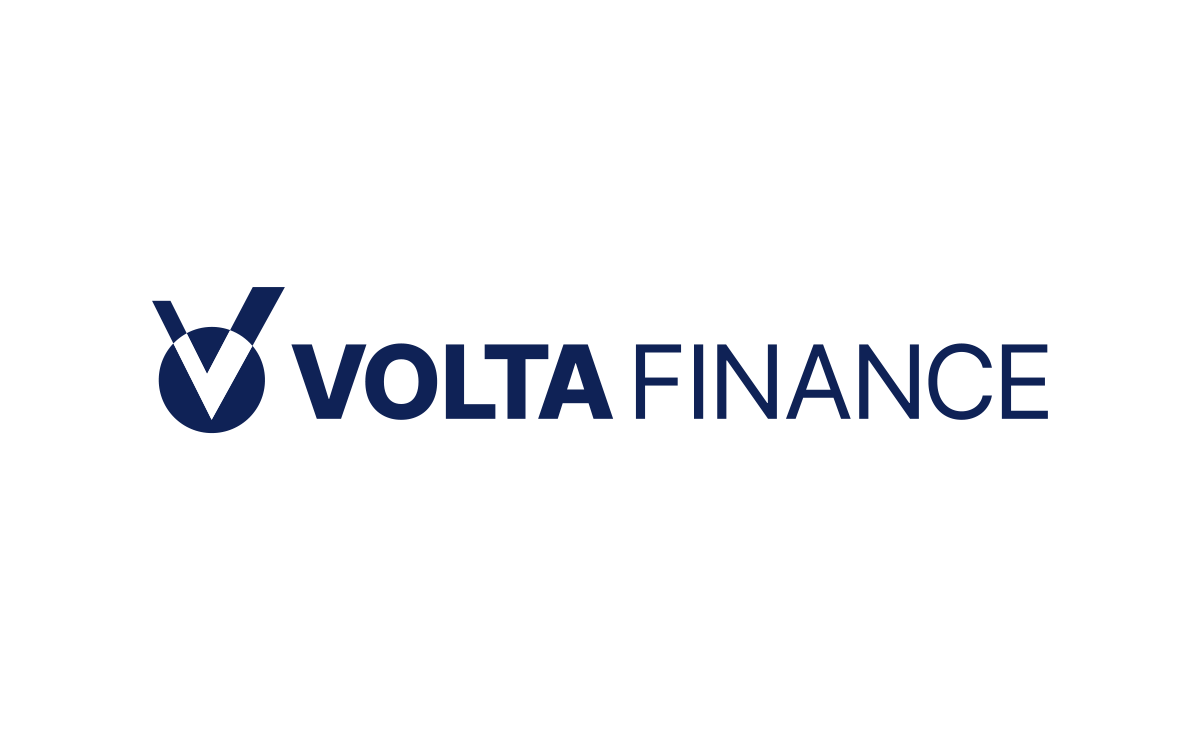Sana Biotechnology, Inc. (NASDAQ: SANA), a promising player in the biotech landscape, is capturing the attention of investors with a staggering potential upside of 266.01%. The company, headquartered in Seattle, Washington, is at the forefront of leveraging engineered cells as therapeutic solutions for a range of unmet medical needs, including type 1 diabetes and various autoimmune diseases.
**Market Position and Current Valuation**
Sana Biotechnology currently boasts a market capitalization of $575.17 million. The stock is trading at $2.55, comfortably within its 52-week range of $1.34 to $7.36. This price reflects a modest increase of 0.10% recently, suggesting a stable interest among investors despite the inherent volatility of the biotech sector.
Interestingly, the company’s valuation metrics present a unique picture. With a forward P/E ratio of -3.46, Sana Biotechnology is operating at a loss, which is not uncommon for biotech firms in the R&D-heavy phase. The absence of a trailing P/E ratio and other traditional valuation metrics like Price/Book or Price/Sales further underline the company’s current focus on innovation and pipeline development rather than immediate profitability.
**Financial Performance and Analyst Sentiment**
The financial performance metrics reveal Sana’s strategic focus on long-term growth over short-term financial gains. The company reported a negative EPS of -0.88 and a concerning return on equity of -71.44%, coupled with a hefty negative free cash flow of $118.45 million. This financial snapshot indicates high investment in research and development, crucial for advancing their therapeutic programs through clinical trials.
Despite these figures, analyst sentiment remains overwhelmingly positive, with seven buy ratings and only one hold, indicating strong confidence in Sana’s future prospects. The target price range of $5.00 to $15.00, with an average target of $9.33, paints a bullish picture for the stock, giving credence to the potential upside that could significantly reward investors willing to embrace the inherent risks.
**Pipeline and Strategic Partnerships**
Sana’s product pipeline is robust and diverse, focusing on ex vivo and in vivo cell engineering platforms. Notable candidates include UP421 for type 1 diabetes and SC291 for autoimmune diseases like systemic lupus erythematosus, both in phase 1 clinical trials. The preclinical SC451 and SG299 further enhance Sana’s potential impact across various therapeutic areas.
Strategic collaborations amplify Sana’s innovative edge. The partnership with Beam Therapeutics Inc. grants access to cutting-edge CRISPR Cas12b nuclease editing technology, while the agreement with Harvard College could unlock new avenues in hypoimmune-modified cell development. These alliances underscore Sana’s commitment to integrating advanced technologies into their therapeutic arsenal.
**Technical Indicators and Market Trends**
From a technical perspective, Sana’s 50-day moving average stands at $1.82, indicating recent upward momentum, although it remains below the 200-day moving average of $2.96. The RSI (14) of 22.32 suggests the stock is currently oversold, potentially offering a buying opportunity for investors expecting a reversal.
The MACD of 0.15, above the signal line of 0.09, supports a bullish outlook in the short term, aligning with the optimistic analyst forecasts and target prices.
**Investor Considerations**
While the path to profitability is fraught with challenges typical of biotech firms, Sana Biotechnology presents a compelling case for investors seeking substantial growth opportunities in the healthcare sector. The significant upside potential, driven by a promising pipeline and strategic partnerships, makes Sana a stock to watch for those with a high-risk tolerance and a focus on long-term gains.
Investors should remain vigilant of industry trends and Sana’s clinical trial results, which will heavily influence the company’s future valuation and market position. As the biotech sector continues to evolve, Sana Biotechnology stands poised to make impactful contributions to medical science and, potentially, investor portfolios.








































